Biomedical sciences and gender equality
Institutional Communication Service
On November 27, 2021, the new Centre for biomedical reseach of the Italian-speaking part of Switzerland (BIOS+) will be inaugurated in Bellinzona. To support this event, Ticino Management features a special series of articles presenting the activities of the two main residents of the facility, IRB and IOR. In this article we discuss gender equality in the sciences and how biomedicine attracts more and more female students and researchers.
[courtesy of Ticino Management Donna, n.86, September-October 2021]
In spite of the countless initiatives for gender equality, the STEM disciplines continue to have a predominantly male population. A disparity that starts from the difficulty in recruiting female students, the numbers of which fall at each turning point: if we consider that around 30% of the college recruits who opt for computer science, engineering, technology and scientific disciplines are women, when we look at the next career steps in academia (PhD, professorships, etc.) or in the industry, the numbers related to female careers in these domains become smaller and smaller. It is not only a question of framework conditions: it is also necessary to capture the interest of women, who often remain uninterested towards the technical applications and industrial development. Without falling into yet another cliché, it is true that motivation is played out not only on salary and career opportunities, but on the deeper meaning of what one does. This is very true in the field of engineering, where biomedicine is an exception to the rule: the merit of a discipline that, like the natural sciences and medicine in general - the most 'human' of scientific subjects - offers the prospect of improving people's health and quality of life.
In the article by Susanna Cattaneo we find the comments of three young female scientists:
- Josipa Jerak, PhD candidate at the IRB
- Dr. Jessica Merulla, research assitant at the IOR
- Manongdo Marian Abigaile, PhD candidate at the IRB and ETH Zurich
See attached to read the full article (in Italian).




